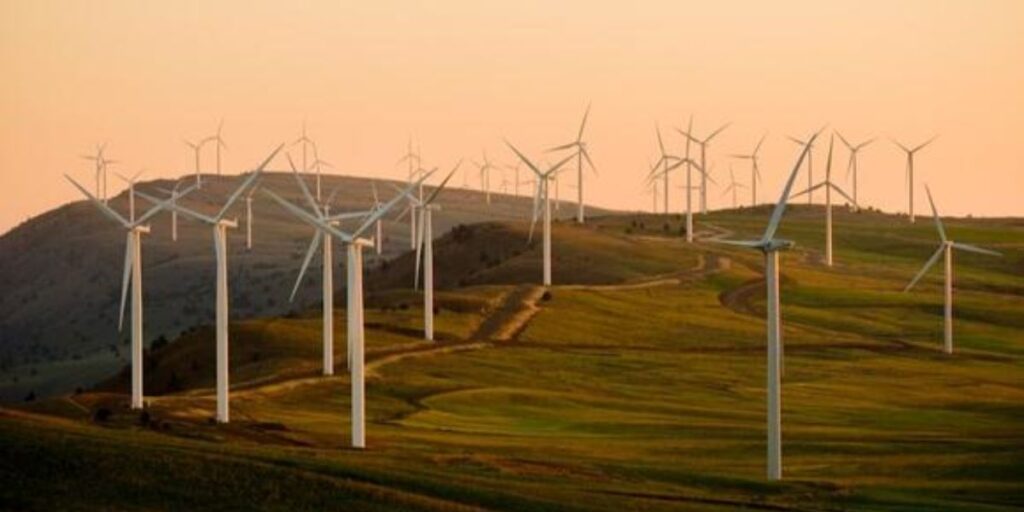Millions of Californians will receive a $137 credit on their utility bills in April, thanks to the state’s Climate Credit Program. The initiative, part of California’s ongoing efforts to combat climate change and lower energy costs for residents, is funded through a statewide cap-and-trade system that charges polluters for their emissions. The California Public Utilities Commission (CPUC) administers the program, ensuring that these funds are returned to consumers.
This automatic bill credit aims to help households manage rising energy costs while promoting cleaner energy initiatives. The credit will be applied directly to utility bills for eligible customers, offering financial relief without any required action from recipients.
What Is the Climate Credit Program?
The Climate Credit Program is a state initiative designed to help Californians cope with energy costs while supporting the state’s broader environmental policies. The funding comes from California’s cap-and-trade system, which collects money from major greenhouse gas emitters. These funds are then redistributed to residents and small businesses in the form of credits to offset energy expenses.
The program provides credits twice a year, typically in the spring and fall, to eligible households. The credit amount varies depending on utility rates and statewide emissions revenues, but this year, customers of Pacific Gas and Electric (PG&E), Southern California Edison (SCE), and San Diego Gas & Electric (SDG&E) will see an estimated $137 credit applied to their bills.
Who Is Eligible for the Credit?
All residential customers of major investor-owned utilities in California are eligible for the Climate Credit. This includes customers of:
- Pacific Gas and Electric (PG&E)
- Southern California Edison (SCE)
- San Diego Gas & Electric (SDG&E)
- Other investor-owned utility providers participating in the state program
Small businesses may also receive credits, although the amount and schedule may differ from residential customers. Customers of municipal utilities, such as the Los Angeles Department of Water and Power (LADWP), are not included in this program.
How Much Will You Receive?
The exact amount of the credit varies based on utility provider, but in April 2025, residential customers will receive approximately $137 per household. The following table outlines estimated credit amounts for the major utility companies:
Estimated April 2025 Climate Credit Amounts
| Utility Provider | Credit Amount |
|---|---|
| PG&E | $137 |
| SCE | $137 |
| SDG&E | $137 |
For exact amounts and eligibility confirmation, customers should check their utility provider’s website or contact customer service.
When Will the Credit Be Applied?
The Climate Credit is automatically applied to customers’ bills and will appear in the April billing cycle. No action is required from residents to receive the credit. Those who do not see the credit reflected on their statement by the end of April should contact their utility provider for assistance.
How Does the Climate Credit Help Californians?
This bill credit offers immediate financial relief to households struggling with high utility costs, but it also plays a broader role in California’s climate strategy. By making energy more affordable, the state encourages residents to invest in cleaner, more efficient energy use. Some Californians use their Climate Credit savings to upgrade home appliances, invest in solar energy, or support other energy-efficient initiatives.
Additionally, by funding the program through a cap-and-trade system that charges polluters, California is reinforcing its commitment to reducing carbon emissions. The revenue collected from major polluters is redirected to consumers, ensuring that households benefit from the state’s climate policies.
Future Climate Credits and Additional Savings Programs
The Climate Credit is distributed twice a year, meaning Californians can expect another credit in the fall of 2025. The exact amount will depend on the state’s cap-and-trade revenue and CPUC determinations. Residents should monitor their utility provider’s communications for updates on future credits.
Beyond the Climate Credit, California offers additional programs to help lower energy costs and support sustainable living. These include:
- California Alternate Rates for Energy (CARE): Offers reduced utility rates for low-income customers.
- Family Electric Rate Assistance (FERA) Program: Provides discounts for families who exceed the CARE income threshold.
- Energy Savings Assistance Program: Helps qualifying households with free energy-efficient home upgrades.
- Solar and Renewable Energy Incentives: Supports homeowners who install solar panels or switch to renewable energy sources.
Final Thoughts
The $137 Climate Credit arriving in April 2025 is a welcome financial relief for millions of Californians struggling with high utility bills. As part of the state’s ongoing climate initiatives, this credit is not only helping residents manage costs but also ensuring that polluters contribute to cleaner energy efforts.
Eligible customers don’t need to take any action—the credit will be automatically applied to their bills. For those looking for additional savings, California offers various energy assistance programs that can further reduce expenses.
By staying informed and taking advantage of available resources, Californians can better manage their energy costs while supporting the state’s transition to a greener future.





More Stories
Millions of Californians to Get $137 Utility Bill Credit Next Month – Are You Eligible?
Millions of Californians to Get $137 Utility Bill Credit Next Month – Are You Eligible?
Millions of Californians to Get $137 Utility Bill Credit Next Month – Are You Eligible?